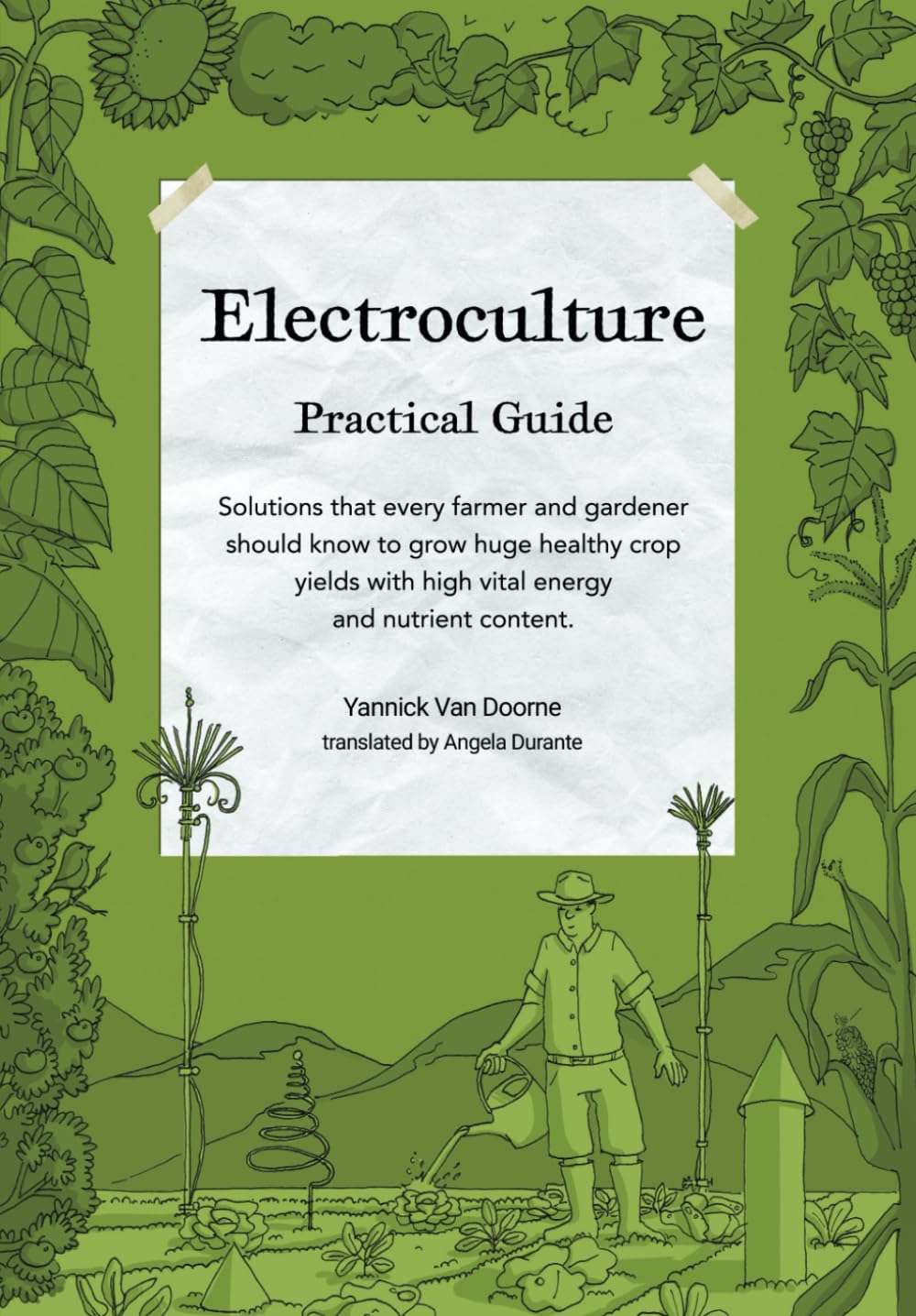
The ‘Electroculture’ Gardening Trend Is Making a Comeback. Here’s What to Know About It.
TikTok is embracing the age-old gardening practice of electroculture.

Image courtesy of Amazon
Electroculture—yes, it might sound like a band you listened to in high school, but it’s a real thing, and well, it’s as sci-fi as it sounds. This century-old gardening technique is making a comeback, thanks to social media’s obsession with quirky garden hacks. The idea is pretty simple: By harnessing electromagnetic fields through the implementation of copper wires throughout your growing plots, you can supposedly grow more robust, healthier plants with larger harvests. Sounds like magic, right? But there’s a catch—while these methods are gaining feverish attention in the digital space, the scientific proof is a little… hazy. Which leads me to question if we are rediscovering a breakthrough or just being served snake oil for clicks courtesy of another viral trend? If you’re curious about the craze, and want to give it a go, here’s everything you need to know about electroculture—just don’t expect a miracle harvest overnight.
How It Works

Image courtesy of Amazon
Electroculture taps into the idea that electrical currents and magnetic fields can stimulate plant growth by enhancing natural processes like seed germination and nutrient absorption. The roots of this practice, also known as electro-horticulture, can be traced back to the early 1900s, when researchers and inventors began experimenting with the effects of electricity on plant growth. Pioneers like Justin Christofleau, a French agronomist, claimed that electrical currents could increase crop yields and improve plant health.
Early practices ranged from simple setups, like placing metal rods in the ground to channel atmospheric energy, to more complex systems involving battery-powered devices that sent low-voltage currents through the soil. While these experiments showed some promise, the lack of consistent scientific validation caused the practice to fade into obscurity—until its recent social media-fueled resurgence.
Different Methods

Photo courtesy of Amazon
To give it a try, you can start by using conductive materials like copper or zinc rods placed in the soil to create a low-level electrical field around your plants. Another method involves wrapping electromagnetic coils around plant stems to boost root development. For a more hands-off approach, ionization techniques—like using copper wires to direct atmospheric energy into the ground—are said to enhance soil health and plant vitality.
For those interested in experimenting with a few different methods and techniques, electrostatic methods use static electricity to enhance seed germination and plant growth, while magnetic methods stimulate plant growth by simply placing magnets near plants to create magnetic fields. For those looking for a little more hands-on DIY, there are electric field kits where one can apply low-voltage currents to soil or directly to plants to encourage development.
The Benefits

Thomas J. Story
Copper wire in the garden is not exactly a new hack: Many people claim that using it in the form of metal mesh keeps snails and slugs at bay as a temporary fencing around delicate plants. However, electroculture is not about creating physical barriers, but harnessing atmospheric energy at your growing site. Early literature claimed electro-horticulture could increase plant growth, yield larger crops, and improve resistance to pests and disease, attributing this success to enhanced nutrient uptake and more robust root systems, which ultimately lead to less need for chemical fertilizers and pesticides. And if this sounds magical, well, the USDA couldn’t prove this to be true after extensive research back in the early 20th century, and they have abandoned any further investigation into the practice.
Whether you choose to make copper spirals, pyramids, magnetic antennas, or lesser known Lakhovsky rings, the jury is still out as to whether metals in the garden are a coincidental benefit to plants or a science in need of further exploration. Most importantly, I think it’s important to remember that gardening is always a place for experimentation and to only take on new methods or trials that bubble curiosity and joy for you. For me personally, I just might stick to compost and nurturing a beneficial habitat for optimized growing conditions, but I encourage you to explore this method if it piques your horticultural interest and wonder of the unknown.
We only recommend things we love. If you buy something through our site, we might earn a commission.
